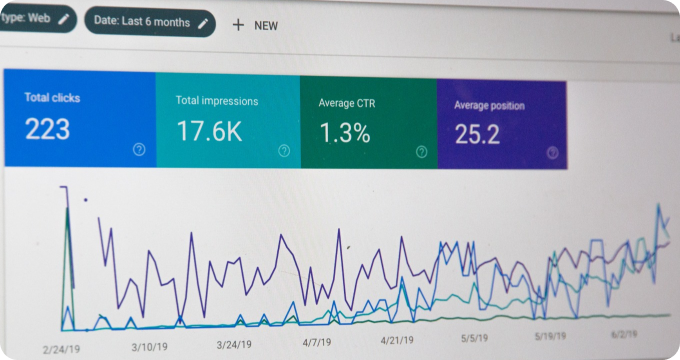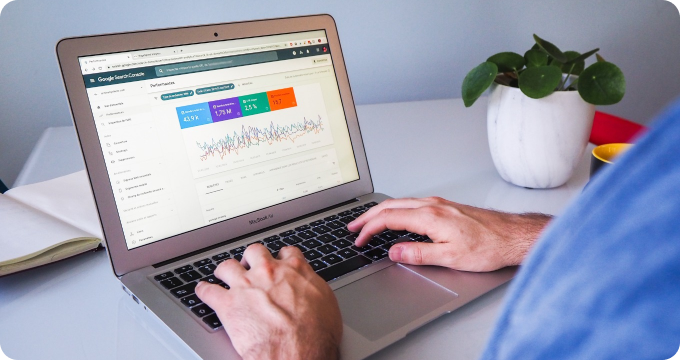The Future of Software for Qualitative Data Analysis: Predictions and Emerging Trends
- November 11, 2023
- 2 minutes
As we continue careening into the digital age at an unprecedented speed, one thing is certain: software for qualitative data analysis is no longer a luxury but an absolute necessity. With the increasing mass of raw data available for extraction and interpretation, the need for sophisticated tools to handle, analyze, distill, and visualize this information is more pertinent than ever.
Drawing from disciplines such as computer science, mathematics, and statistics, qualitative data analysis software (QDAS) represents an intersection of multiple fields. QDAS is a category of software, which helps researchers with qualitative work such as coding, text interpretation, recursive abstraction, content analysis, discourse analysis, and grounded theory methodology. These techniques reflect the paradigms of the social sciences, imbued with the precision and power of computational technology.
Despite its nascency, QDAS has grown exponentially over the past decade. This growth trajectory is emblematic of our collective transition towards data-driven decision making, whether it’s in business strategy, policy development, scientific research, or even in our personal lives. The potential of QDAS is vast and its future appears bright and inevitably innovative.
With the volume of data generated daily estimated to be 2.5 quintillion bytes, the adoption of QDAS is set to grow in lockstep. This surfeit of data has paved the way for the emergence of Big Data Analytics, a phenomenon that is intrinsically linked to QDAS. Big Data analytics involves the examination of large and varied data sets to uncover hidden patterns, unknown correlations, market trends and customer preferences, thereby aiding in informed decision-making. The symbiotic relationship between Big Data Analytics and QDAS will undeniably shape the future of data interpretation.
Furthermore, the integration of artificial intelligence (AI) and machine learning (ML) into QDAS is set to revolutionize the field. As it stands, AI and ML have started to infiltrate QDAS, elevating the software's capabilities beyond the manual coding and identifying patterns. AI and ML can automate the process of coding and theme identification, reducing the time spent on these tasks, and increasing the accuracy and reliability of the results.
However, as powerful as these automated tools may be, they have their inherent limitations. AI and ML, in their current form, lack the human touch. They are not capable of understanding context, nuance, and subtlety inherent in human communication, which form the crux of qualitative data. This invites an interesting dialectic between the need for computational efficiency and the desire for humanistic understanding.
It's also worth acknowledging the potential implications of data privacy and security when discussing the future of QDAS. With the European Union's General Data Protection Regulation (GDPR) setting the stage, we can expect stricter data privacy laws to be the norm in the future. This will inevitably shape how QDAS is developed and used.
To surmise, the future of software for qualitative data analysis is a confluence of continual innovation, driven by the relentless accumulation of data, the application of AI and ML, and the balancing act with data privacy and security. It’s a fascinating crossroad of technology, ethics, law, and human insight. As QDAS continues to evolve and adapt to our ever-changing digital landscape, it promises to keep pushing the boundaries of what we can achieve with data analysis, offering exciting possibilities for the future.
Learn More
Unleash the power of your research by diving deeper into our blog posts, where the world of qualitative data analysis software unfolds. They are encouraged to explore our comprehensive rankings of the Best Software For Qualitative Data Analysis, a valuable resource for making informed decisions.
Popular Posts
-
 Qualitative Data Analysis Software Industry Report: Key Findings and Crucial Insights
Qualitative Data Analysis Software Industry Report: Key Findings and Crucial Insights
-
 How to Budget for Software in Qualitative Data Analysis
How to Budget for Software in Qualitative Data Analysis
-
 Ask These Questions to a Data Analyst to Choose the Right Software for Qualitative Data Analysis for You
Ask These Questions to a Data Analyst to Choose the Right Software for Qualitative Data Analysis for You
-
 11 Essential Questions to Ask Before Choosing Your Qualitative Data Analysis Software
11 Essential Questions to Ask Before Choosing Your Qualitative Data Analysis Software
-
 7 Things I Wish I'd Known About Software For Qualitative Data Analysis Before Investing In One
7 Things I Wish I'd Known About Software For Qualitative Data Analysis Before Investing In One






